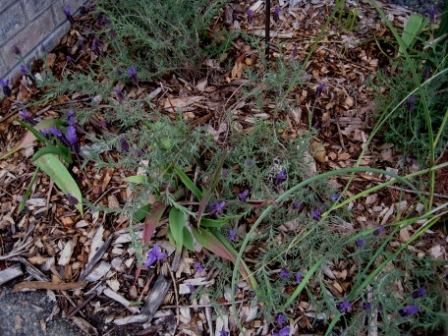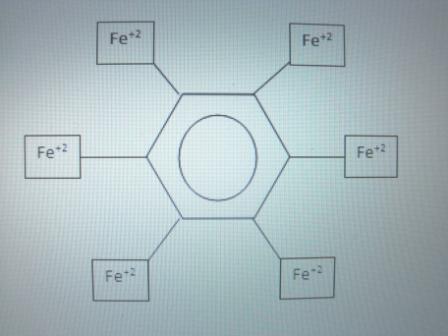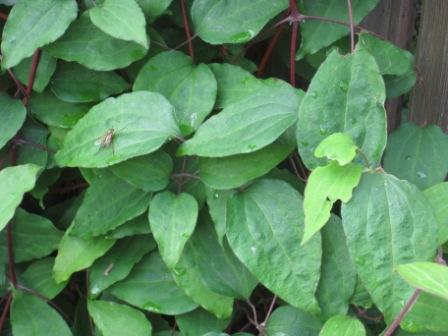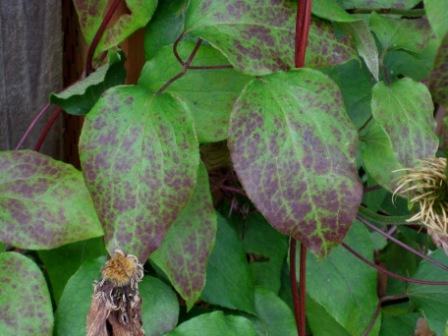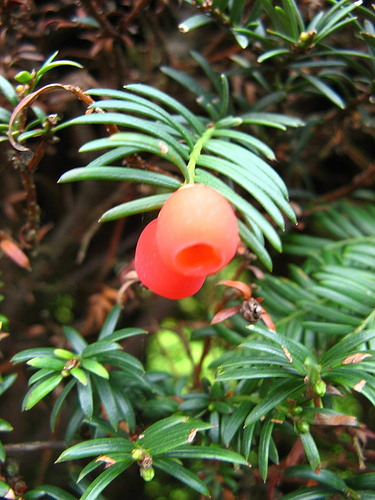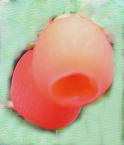Dr. Cregg is on vacation for a few weeks so I thought I’d post something today by trolling the web for discussion of my horticultural myth columns. And when you go fishing, you know you might catch something you didn’t really want. In this case, personal and professional attacks.
Like the rest of the GPs, I relish vigorous debates on different horticultural practices and products. Ideally, these debates are based on science, so that we’re all friends afterwards and could go out for beer if we all lived in the same community. But when criticisms become personal, malicious, and in some cases out-and-out untruths, what should one do?
I have a relatively thick skin and ignore most of the nasty comments, but when my integrity as a scientist is challenged, I really have a problem. For instance, one blogger states “The fact that some – not all – of her articles have very little basis in reality and are widely disputed and even denounced in horticultural circles should be pointed out before anyone takes them immediately to heart.” Another blogger remarks “What little I’ve read about this Chalker-Smith person leads me to believe she is an “opinion for hire” much like some “expert witnesses” one sees in courtrooms.” How about this? “She tried to prove compost tea is bad by PURPOSELY using E.Coli infested compost (without telling anyone about it) and proclaimed it as unsafe product to use.” And so on.
I can guarantee you that if I didn’t base my publications in reality, or if I were an “opinion for hire” I would be in serious trouble with the university. The truth is I research the science behind topics and then have at least one colleague review them. (Sometimes that colleague is my husband, also a PhD in horticulture and one of my most honest critics.) The compost tea diatribe is so outlandish it took my breath away.
So onto my question: what should one do when one’s professional reputation is libeled? Do I continue to ignore it? Do I wade into these debates, thus giving credibility to the libeller? These people hide behind their anonymity – none have the courage to simply email me and voice their criticisms.
I’ll be curious to hear from my GP collaborators as well as non-academics.
(Hurry back, Bert. This was a painful experience.)
